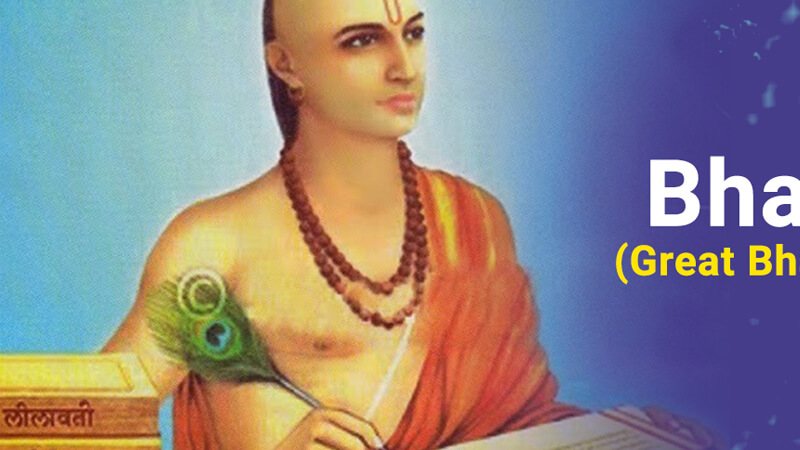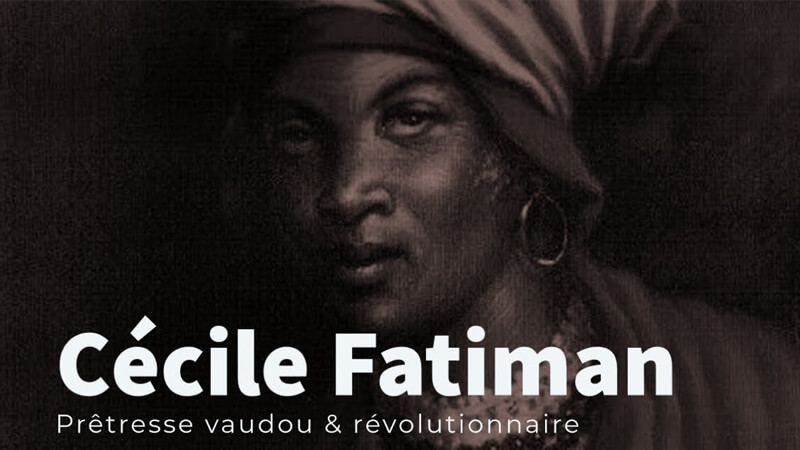Biography of Bhaskara:- From the earliest times, with Aryabhata (born 476), Brahmagupta (598) and other illustrious mathematicians, there had taken place in India a remarkable development of arithmetic and algebra. The 12th century stands out the figure of Bhaskara, also called Acharya, that is, “the Master”.
Biography of Bhaskara
- Born:- 1114, Bijapur, India
- Died:- 1185, Ujjain, India
- Parents:- Mahesvara
- Children:- Lilavati, Loksamudra
Bhaskara wrote a treatise on mathematics and astronomy entitled Siddhantasiromani ( Diadem of Astronomical Treatises ), which consists of four books.
See Also: Biography of Marco Polo
The first, entitled Lilavati , is an arithmetic; The second, which is called Bijaganita , is an algebra; The third and fourth refer to astronomy and the sphere. The translations of the first two were edited by HT Colebrooke in London in 1817.
The treatise, which is probably an exposition of results already known in India with some original enlargements, is in verse but contains explanatory notes in prose.
The title of Lilavati alludes to a woman, perhaps her daughter, to whom the author directs her lessons: “Graciosa Lilavati, whose eyes remember those of a young deer, tells me: what number results from multiplying 135 by 12?”
It is the oldest known work that contains a systematic exposition of written decimal numeration, and gave an outstanding character to arithmetic and Indian geometry.
Bhaskara affirms in the Lilavati that “Whoever knows separately and additionally, the other twenty operations and the eight determinations, not excluding the one obtained by means of the shadows, can be called mathematical.” “Operations” are addition, subtraction, multiplication, division, square rise, square root extraction, cube elevation, cube root extraction, fractional operations, proportions with 3, 5, 7, 9 and 11, terms And changes.
The “determinations” are amalgam, progressions, flat figures, excavations, heaps, saws, terrain elevations and shadows.
The symbolism of arithmetical operations is very similar to that of the Greeks. With the Lilavati enter for the first time in arithmetic the zero and the representation of the infinite.
In geometry, how to determine the area of a triangle, and the radius of the circumscribed circle, knowing the sides of the triangle; The construction of a triangle whose sides, the area, and the radius of the circumscribed circle are expressed with rational numbers, in addition to the construction of an inscribable quadrilateral, the elements of which are also expressed by rational numbers.
For the first time the considerations on the ropes of the circular arcs are abandoned and the sine, sine-opposite and cosine functions are introduced; And, in the problems related to the shadows, the concept of trigonometric tangent is traced.
The Bijaganita is a rhetorical algebra, in which symbols begin to appear for some operations and for unknown quantities.
The polynomials are ordered by decreasing powers of the letter, and in the equations that have numerical coefficients the first place is given both to positive and negative terms; If a power of the unknown is missing, it is indicated by the coefficient 0. Some equations and several problems are solved later.
The work demonstrates the extensive development of algebra among Hindus. First-degree equations are often found in the Bijaganite , problems of equations with more than one unknown and higher- order equations are solved.
Bhaskara’s analysis, both in the method and in the refinement of algebraic expressions and formulas, reveals a remarkable progression in the Arithmetic of Diophantus . Absolutely general methods are employed in number theory.
Special relief deserves the development of a large number of second-degree equations whose solution depends on a single quantity found through attempts.
This procedure (which precedes in a certain way the discovery of a general method for the solution of such equations, made modern by Lagrange ) has been defined by H. Hankel as the most acute that has been done in arithmetic before the great Turinese mathematician.




